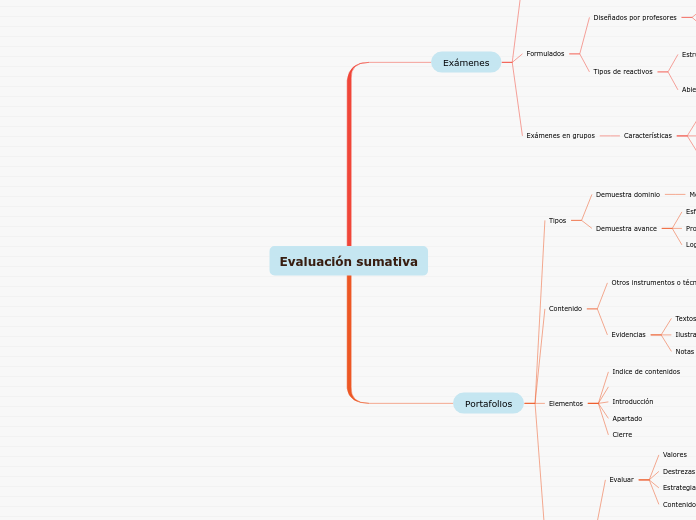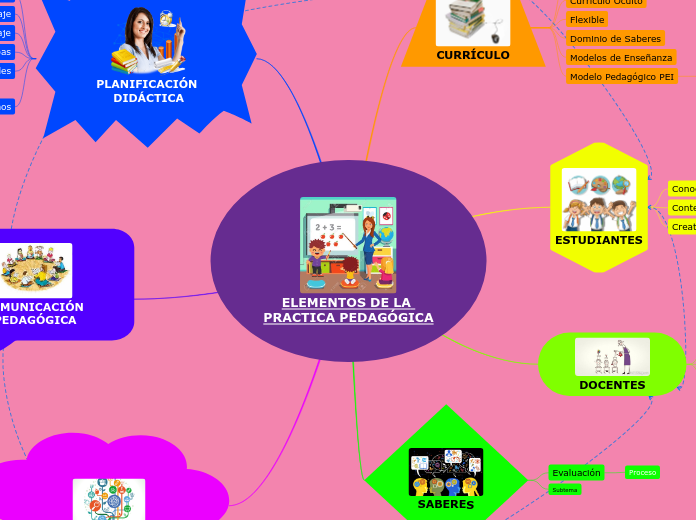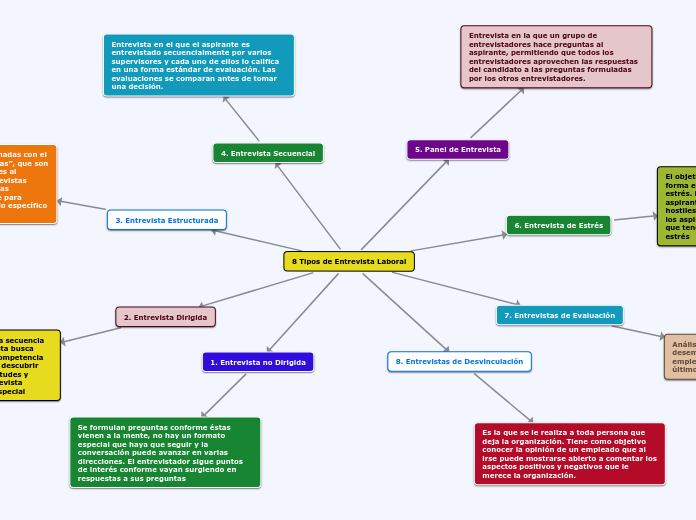Evaluación sumativa
To name your story, you have to think about the overall message and what you want your audience to understand from the story. Also, make it relevant and easy to remember.
Portafolios
The middle of the story is where you add layers of complications that will lead to the end. Reveal more about the character's journey. Did their personality go through changes? How did they overcome the challenges? And as you build up the story’s central conflict, make it more personal to that character. Also, from the middle act, you have to lead into the final act.
Objetivos
There wouldn't be any tension and excitement in your story if there weren't any obstacles in your character's way.
Analizar procesos
Aprendizaje (Estudiante)
Productos
Procesos
Enseñanza (Docente)
Situaciones futuras
Desempeño
Actividades
Evaluar
A story is nothing more than a character overcoming a series of difficulties to reach the desired goal. Obstacles usually create suspense and conflict. In overcoming obstacles, there is growth: weak becomes strong; hatred turns into love; sadness into happiness; wrong into right; lies into truth; or evil becomes good.
See a few examples below:
- stopping a meteor
- finding a killer
- finding love
Contenidos
Estrategias
Destrezas
Valores
Elementos
Cierre
Apartado
Introducción
Indice de contenidos
Contenido
Your character(s) need(s) motivation in order to solve the challenge(s).
Evidencias
Secondary characters might also have motives that lead them to cross paths with the main character or which might trigger them to help the main character.
Notas personales
Ilustraciones
Textos
Otros instrumentos o técnicas evaluativas
Why does your character need to confront this challenge? What does he/she expect to accomplish by solving it?
See a few examples:
- will marry in 3 days
- can fix the mistakes of the past
Cuestionarios
Mapas
Tipos
Each story has a main character and that character usually needs to solve a problem or challenge. The character's challenge is the one that creates tension throughout the story.
Demuestra avance
Type in any other challenges which other characters in the story need to face.
Logros
Progreso
Esfuerzo
Demuestra dominio
In most stories, there are 3 challenges. The number 3 is a mystical number symbolizing completeness. Try to come up with interesting challenges with which your character needs to struggle.
See a few examples below:
- turns into a werewolf at night
- is sent back in time
Mejores productos
Exámenes
In the beginning of the story (or the exposition), you will need to introduce the setting and characters. You might also want to introduce the main conflict. This part of the story is important because it gives the reader necessary background information and maybe even a first insight into a character’s personality.
Exámenes en grupos
Características
El profesor forma los grupos
Trabajo individual y colaborativo
Preguntas, situaciones, casos o problemas
Formulados
The setting (time & place) of a story can change throughout the plot.
Tipos de reactivos
The time of the story can also change. It can describe the event of a single day or can include an entire year's plot. Anyway, don't forget to mention it.
Abiertos
Comprensión
Más tiempo para evaluar
Evalúa capacidad de análisis
Estructurados
Reconocimiento
Desventajas
No evalúa competencias
Ventajas
Fácil de calificar
Diseñados por profesores
Your story can take place wherever your imagination will take you to.
For example: in an elevator, in an enchanted forest, etc. Don't forget to give details of the environment each time the setting changes, otherwise, the story can be confusing. Also, mention the seasons as each of them has unique weather and events.
Comparación alumno-objetivos
Comparación grupo-clase
Estandarizados
Characters are essential to a good story. Usually, the protagonist(s) is/are the most affected by the plot. Introduce a character by focusing on their actions, interests, and occupation, as the physical appearance doesn't make a difference in most cases.
Diseñados por especialistas
Type in the name of your character.
Criterios
Which traits best describe the character's personality? Choose more if necessary:
introvertedloyalkindindependentquick-thinkingadventuresomeidealisticsweet-naturedcalmrisk-takercreativewittystrictfussyweirdclumsyharshaggressivecarelessclingingcowardlycrueldeceitfulimpulsiveOther
Normas
Choose the type of your chacter:
Protagonist (main character)Antagonist (main character's opponent)Flat (stereotypical character)Round (his/ her personality develops throughout the story)Static (doesn't evolve as a person throughout the story)Dynamic (dramatical change in personality)Confidant (the main character trusts him/ her)Foil (contrasting character who enhances the personality of another character)Other










